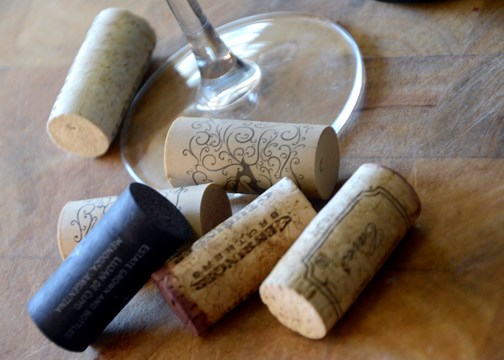A few years ago, an unflattering phrase made the rounds in wine circles.
“Truck aged” was a term used to describe wines rushed from tank to consumer as quickly as possible. Less disparaging and more telling, the phrase “trunk aged” refers to the fact that most bottles are consumed within a few hours of purchase.
These days there’s no lack of discussion about convenience, sales of wine in B.C. grocery stores, (not to mention confusing pricing and so on). The reality is that many of us do purchase for convenience and give little thought to the possibility of aging our wines.
It’s a challenge for Okanagan winemakers who battle a misconception that their wines won’t age as well as some from elsewhere. Borne more out of misunderstanding than reality, it’s the product of a relatively young wine region only now beginning to show its potential in the bottle.
Led by master of wine Rhys Pender, a recent B.C. Wine Institute tasting offered a look at pairs of the same wine several vintages apart.
Pender has asked: How do we get people to buy these wines that are so much better after four, five or 10 years and not drink them tonight? He suggests that most other places in the world would cut off their arm to have the natural acidity and fruit that we have, which is ideal for aging.
The 10 wineries featured fared well, admittedly some better than others, but the message is clear: if you have even a small space (where the temperature is constant) in which to keep your cellar, it only makes sense to tuck away a few bottles of your favourite wines (special occasion and otherwise). Better still, invest in a temperature-controlled wine cooler. Or, if you’re really serious but don’t have the space, talk to an off-site specialist.
From the tasting, there’s no doubt in my mind that the strawberry notes of Howling Bluff Pinot Noir 2012 ($35) will evolve to display the earthiness now in the 2006 (92 points). It still displays remarkable structure and length, although likely the 2012 will be even more complex.
Pick up a bottle of 2013 cherry-toned Quails Gate Pinot Noir ($25) to tuck away and, if the 2006 (90 points) is anything to go by, in about 10 years you’ll be rewarded with layers of mineral, savoury notes and more.
Judging by Tinhorn Creek 2007 (plush, elegant, herbaceous, 91 points) and Poplar Grove 2007 (chocolate, mocha, leather, 92 points), even cooler vintage Cabernet Franc can also come into its own. Pender says both are examples of why Cabernet Franc is immensely important for B.C. They’re highly affordable, too.
Generally acknowledged as “icon wines,” the Okanagan yields no shortage of Meritage blends, which also have no problem aging and developing accordingly. Not only that, most are moderately priced by world standards.
Jumping out from an impressive lineup are Van Westen Voluptuous 2006 (bright fruit, plenty of structure and great length, 92 points); and Laughing Stock Portfolio 2006, rust-tinged, with mocha and tobacco, seamless, spicy and complex (93 points).
While you can still enjoy those trunk-aged drops for everyday drinking, there’s no time like the present to kick-start your cellar in whatever form it may take.
Belly’s Budget Best
Vale do Bomfim 2013 (Douro)
Portuguese table wines are on a roll. This mainly Touriga Franca and Nacional blend of traditional port grapes shows why. It has black fruit and floral notes with a structured, plummy, full-bodied palate. Think hearty fall stews (BCLS $17.49, 90 points).
Tim Pawsey writes about wine for numerous publications and online as the Hired Belly at hiredbelly.com. He can be reached via email at: [email protected].



